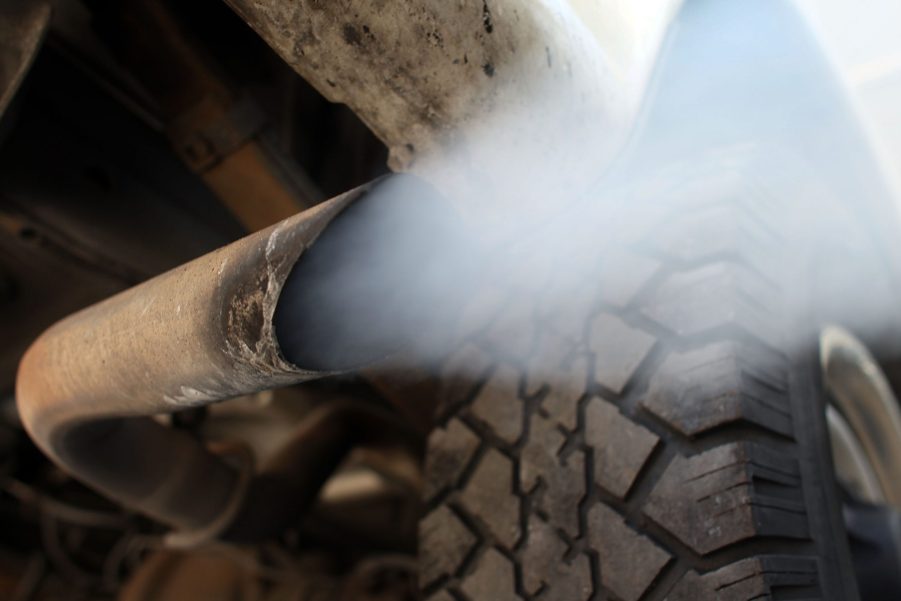
Internal Combustion Death Blow: Now Europe Bans Engines by 2026
Countries across the world are getting with the climate change program. So much so that they are applying hard dates for banning internal combustion engine sales. But now those dates are starting to change allowing a shorter time before the ban takes place. This just happened in Europe, where the Euro 7 emissions proposals want to make the ICE ban cut off in 2026.
The proposed internal combustion engine ban would be less than five years away

That’s less than five years away before the legislation would mandate the complete elimination of the sale of internal combustion engine vehicles. The European Commission’s Consortium for Ultra-Low Vehicle Emissions (Clove) was the first to propose the date last year. It suggests making the purchase of ICE vehicles economically more expensive for EU consumers.
“The ACEA believes that the emission limit scenarios presented by Clove, coupled with the suggested new testing conditions, would in practice result in a situation very similar to a ban of vehicles powered by an internal combustion engine, including hybrid electric vehicles,” it said last year. The problem is that a number of European-based automakers are still developing gas-powered vehicles to debut over the next several years.
What about ICE cars still in development now?

This means that they may not be ready for sale until the 2026 ban takes place. We’re talking about companies like Ferrari and Audi to name a couple. Clove proposes adding a multi-stage catalytic system for gas-powered vehicles. This would typically be a 2.0-liter particulate filter with a pair of three-way catalysts according to AutoCar.
That’s just one of their proposals. Another is to install a diagnostic system in each car. This would monitor the car for at least the first 150,000 miles. But these added systems would be combined with a big cut in allowable emissions.
So taken together it would hamper performance while costing much more. Then there is the packaging and weight to contend with. In all, it makes producing an ICE vehicle completely unviable. It would effectively end ICE production.
Pushback on the proposed ICE ban spans the spectrum of good to bad

But there is pushback. Some of it nuanced, and some of it kind of crazy. The European Automobile Manufacturers Association in particular isn’t buying it. They say that the legislation “would mean vehicles being tested in a completely unrepresentative way that would combine all of the worst cases.”
European governments are asking why tailpipe emissions are being addressed this way? It contends that the majority of vehicle emissions now come from tires and brakes. Those tailpipe emissions are so low they negate all of this extra equipment and legislation.
So the debate continues. Should the 2026 date be applied it radically changes what the next couple of years means for manufacturers and consumers alike. And it could influence climate change legislation in other countries including the US.



